
Hurricane Melissa is grinding across Cuba as a Category 2 storm after pummelling Jamaica as one of the strongest Atlantic hurricanes on record, the US National Hurricane Centre said.
At least one death was reported in Jamaica, where Melissa roared ashore on Tuesday with top sustained winds of 185mph.
A tree fell on a baby in the island nation’s west, Abka Fitz-Henley, a state minister, told Nationwide News Network, a local radio station, adding that most of the destruction was concentrated in the south west and north west.
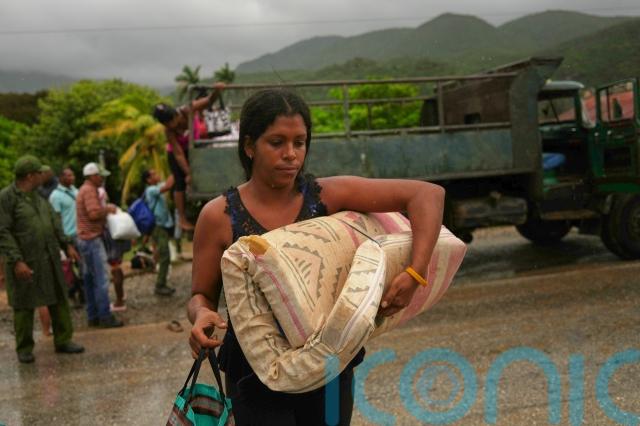
Melissa had top sustained winds of 105mph and was moving north-northeast at 14mph, according to the National Hurricane Centre in Miami.
The hurricane was centred 45 miles north west of Guantanamo, Cuba, and 205 miles south of the central Bahamas.
A hurricane warning was in effect for Cuba’s Granma, Santiago de Cuba, Guantanamo, Holguin and Las Tunas provinces as well as the south-eastern and central Bahamas.
Authorities said about 735,000 people remained in shelters in eastern Cuba.
“That was hell. All night long, it was terrible,” said Reinaldo Charon in Santiago de Cuba.
The 52-year-old was one of the few people venturing out on Wednesday, covered by a plastic sheet in the intermittent rain.
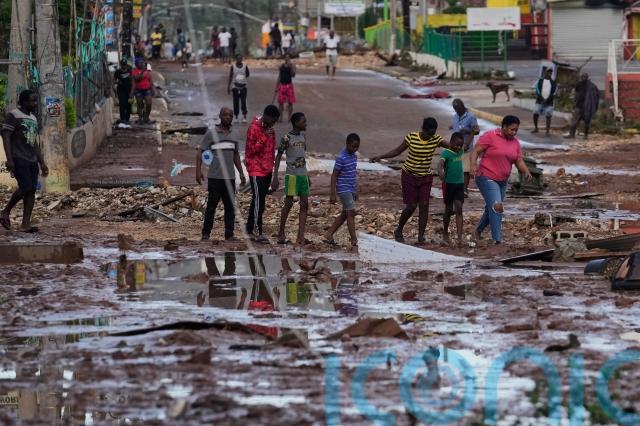
Parts of Granma province, especially the municipal capital Jiguani, were “under water”, said governor Yanetsy Terry Gutierrez.
More than 15in (40cm) of rain was reported in Jiguani’s settlement of Charco Redondo.
Officials reported collapsed houses, blocked mountain roads and roofs blown off.
There were no immediate reports of casualties.
Melissa was forecast to continue weakening as it crossed Cuba but remain strong as it moves across the south-eastern or central Bahamas later on Wednesday.
It is expected to make its way late on Thursday near or to the west of Bermuda.
Haiti and the Turks and Caicos were also braced for its effects.
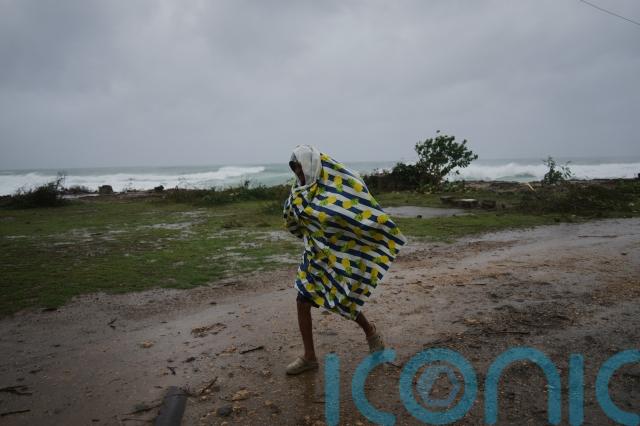
The storm was expected to generate a surge of up to 12ft (3.6 metres) in the region and drop up to 20in (51cm) of rain in parts of eastern Cuba.
Intense rain could cause life-threatening flooding with numerous landslides, US forecasters said.
The hurricane could worsen Cuba’s severe economic crisis, which has already led to prolonged power blackouts, as well as fuel and food shortages.
“There will be a lot of work to do. We know there will be a lot of damage,” Cuban President Miguel Diaz-Canel said in a televised address, and urged the population not to underestimate the power of Melissa, “the strongest ever to hit national territory”.
Jamaican officials reported complications in assessing the damage, while the National Hurricane Centre said the local government had lifted the tropical storm warning.
“There’s a total communication blackout on that side,” said Richard Thompson, acting director general of Jamaica’s Office of Disaster Preparedness and Emergency Management.
More than half a million customers were without power late on Tuesday as officials reported that most of the island had downed trees, power lines and extensive flooding.
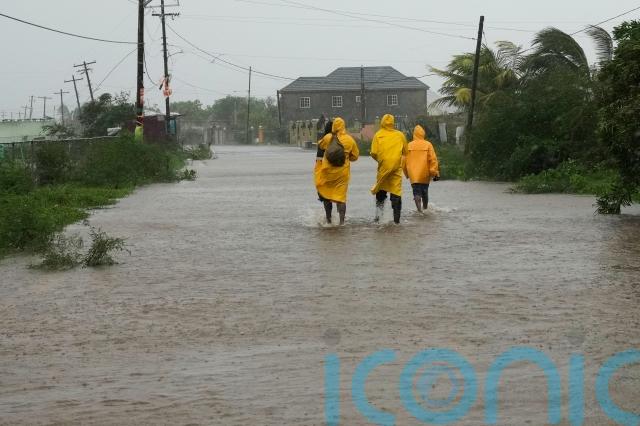
Extensive damage was reported in parts of Clarendon in the south and in the south-western parish of St Elizabeth, which was “under water”, said Desmond McKenzie, deputy chairman of Jamaica’s Disaster Risk Management Council.
The storm damaged four hospitals and left one without power, forcing officials to evacuate 75 patients, Mr McKenzie said.
Santa Cruz town in St Elizabeth parish was devastated.
A landslide blocked main roads, streets were reduced to mud pits, and residents swept water from homes as they tried to salvage belongings.
Winds ripped off part of the roof at St Elizabeth Technical High School, a designated public shelter.
“I’ve never seen anything like this before in all my years living here,” said one resident, Jennifer Small.
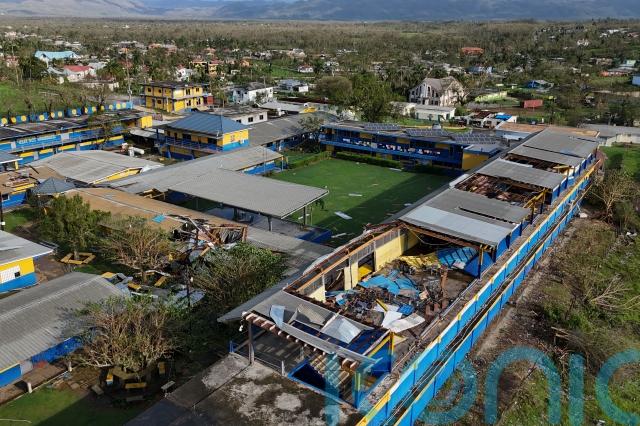
“The entire hillside came down last night,” said another, Robert James.
The government said it hopes to reopen all of Jamaica’s airports as early as Thursday to ensure quick distribution of emergency relief supplies.
The US government said it was deploying a disaster response team and search and rescue personnel to the region.
And the State Department said non-emergency personnel and family members of US government employees were authorised to leave Jamaica because of the storm’s impact.
Melissa has already been blamed for seven deaths in the Caribbean, including three in Jamaica, three in Haiti and one in the Dominican Republic, where another person remains missing.
Subscribe or register today to discover more from DonegalLive.ie
Buy the e-paper of the Donegal Democrat, Donegal People's Press, Donegal Post and Inish Times here for instant access to Donegal's premier news titles.
Keep up with the latest news from Donegal with our daily newsletter featuring the most important stories of the day delivered to your inbox every evening at 5pm.